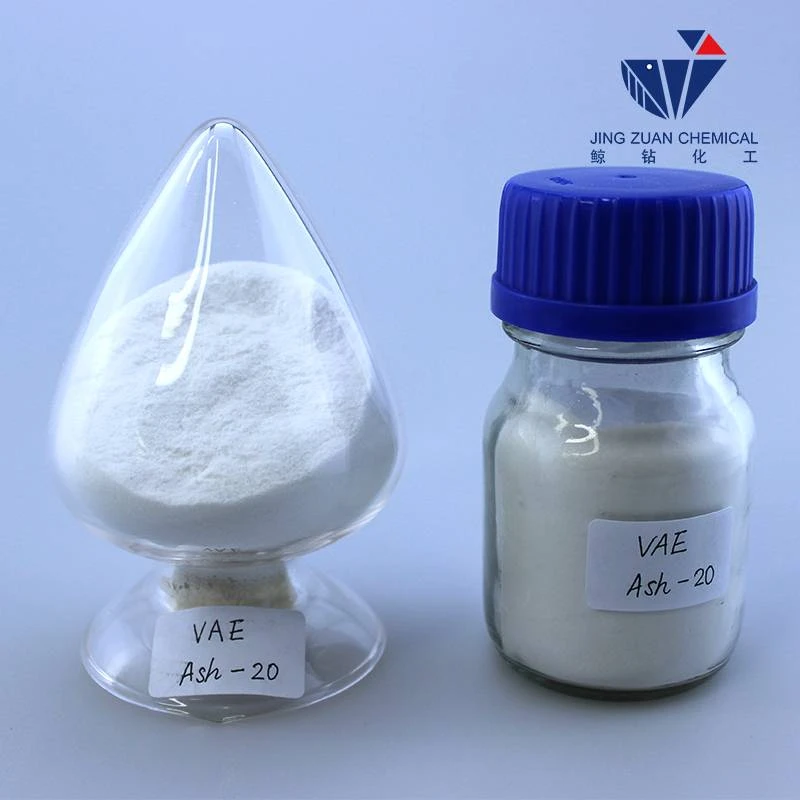
Sep . 19, 2024 03:42 Back to list
hpmc structure
Understanding HPMC Structure and Its Applications
Hydroxypropyl Methylcellulose (HPMC) is a semi-synthetic polymer derived from cellulose, which is a natural polymer found in plant cell walls. It is a versatile material commonly used in various industries including pharmaceuticals, food, and construction due to its unique properties. The structure of HPMC is crucial to its functionality, and understanding its characteristics can help in exploring its applications.
HPMC is formed by introducing hydroxypropyl and methyl groups into the cellulose backbone. This modification enhances the solubility and functionality of cellulose, making it suitable for diverse applications. Its chemical structure consists of a long chain of glucose units connected via β-1,4-glycosidic bonds, with the degree of substitution (DS) determining the properties of the final product. A higher DS generally results in better solubility in water and enhanced gel-forming capabilities.
Understanding HPMC Structure and Its Applications
In the pharmaceutical industry, HPMC plays a significant role as a binder in tablet formulations and as a film coating agent. Its ability to control the release of active ingredients is crucial for developing sustained-release formulations. By adjusting the concentration of HPMC, manufacturers can tailor drug release profiles to enhance therapeutic efficacy. Moreover, HPMC’s compatibility with various excipients makes it a preferred choice in complex formulations.
hpmc structure

Another important application of HPMC is in the construction industry, where it is used as an additive in mortar and plaster. It enhances the workability and adhesion of the mixtures, improving their performance during application. The water retention property of HPMC helps in preventing early drying, allowing for better curing of cement-based materials. This feature is especially important in areas with extreme weather conditions, where longer setting times may be required.
In addition to its use in food, pharmaceuticals, and construction, HPMC finds applications in personal care products such as cosmetics and shampoos. Its emulsifying and thickening properties contribute to the texture and stability of creams, lotions, and gels, making it a valuable ingredient in the formulation of these products.
As concerns regarding sustainability and environmental impact grow, HPMC stands out as an eco-friendly alternative to synthetic polymers. Being derived from natural cellulose, it is biodegradable and poses fewer risks to human health and the environment.
In conclusion, the structure of HPMC plays a pivotal role in its diverse applications across various industries. Its unique properties, such as solubility, gel formation, and film-forming abilities, make it an invaluable ingredient in food, pharmaceuticals, construction, and personal care products. As research continues to unveil more about HPMC, its applications are likely to expand, showcasing its versatility and importance in modern formulations. Understanding the intricate structure of HPMC not only highlights its significance but also paves the way for innovative uses in the future.
-
Versatile Hpmc Uses in Different Industries
NewsJun.19,2025
-
Redispersible Powder's Role in Enhancing Durability of Construction Products
NewsJun.19,2025
-
Hydroxyethyl Cellulose Applications Driving Green Industrial Processes
NewsJun.19,2025
-
Exploring Different Redispersible Polymer Powder
NewsJun.19,2025
-
Choosing the Right Mortar Bonding Agent
NewsJun.19,2025
-
Applications and Significance of China Hpmc in Modern Industries
NewsJun.19,2025







